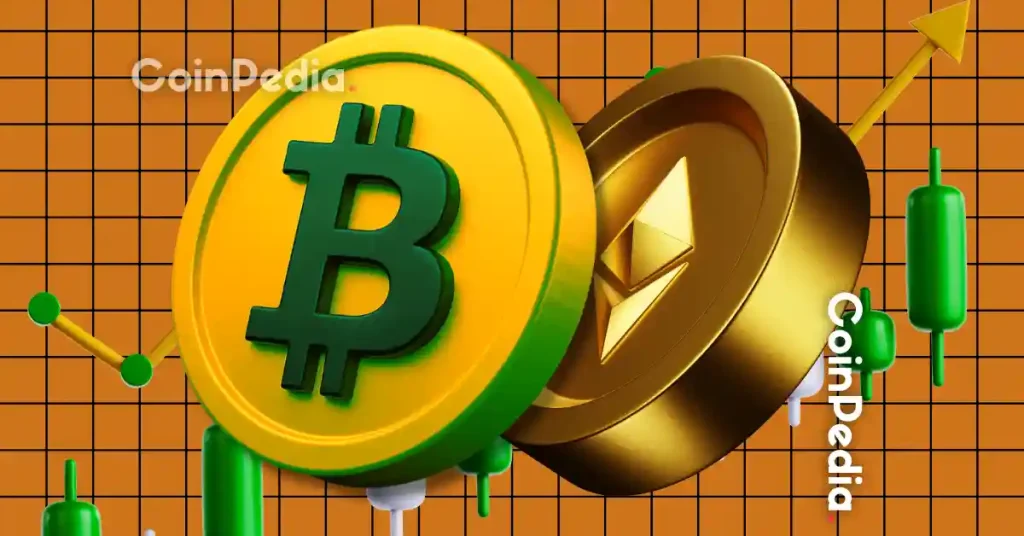
3 transitions
Ethereum (ETH) co-founder Vitalik Buterin published a new recommendation on his blog today. In it, Buterin pointed out that “three transitions” are essential for Ethereum to move from an experimental stage to a mature technical foundation that is easy for general users to use. He elaborated on each challenge and the path to resolution.
The three transitions are “L2 scaling transition (shift to rollup)”, “wallet security transition (shift to smart contract wallet)”, and “privacy transition (shift to privacy-respecting fund transfers)”. Thing.
Without these transitions, general adoption of Ethereum will not be achieved and users will continue to opt for centralized solutions, Buterin said.
In particular, he foresees that the relationship between blockchain and Ethereum users and addresses (1 user = 1 address) will change significantly with these three transitions. Many current Ethereum users share the same address over multiple L2 (Layer 2 solutions), which he said could lead to confusion in the future.

Source: Vitalik Buterin
For example, the Brave Wallet used by Buterin (pictured above) holds ETH in four locations. As the adoption of L2 expands in the future, it is expected that assets will become more scattered, and the work of selecting L2 at the time of payment at stores will become more and more complicated.
connection:Ethereum’s next upgrade “Dencun”, what is the importance and merit?
keystore contract
One solution to this problem, Buterin, suggests using a “keystore contract”. Keystore contracts are a means of unifying address management between different L2s and smoothing transactions between networks. This makes it possible to reduce gas charges and improve privacy.

Source: Vitalik Buterin
Users have different addresses in each L2, but when withdrawing funds from these addresses they must present proof of their current (or very recent) payment public key to the keystore contract. By using ZK-SNARKs (zero-knowledge proofs) for this proof process, privacy can also be enhanced.
Furthermore, Buterin argues that wallets should be more than just a tool for asset protection, they should also be responsible for protecting personal data. This includes a ZK-SNARK-based ID system and social recovery through decentralized management of private keys.
What is layer 2
An additional layer that increases the transaction processing power of the blockchain. By accepting transactions from a main chain like Ethereum and returning the compressed data to Layer 1, it serves to increase the number of transactions processed per second. Solves the problem that recording all transactions on the main chain slows down processing and increases fees.
 Cryptocurrency Glossary
Cryptocurrency Glossary
Application support
Collectively, the “three transitions” are a guidepost for shaping the future of Ethereum. Buterin emphasizes the importance of the Ethereum community as a whole re-evaluating the current system so that ordinary users can understand and take advantage of these advanced concepts.
It is not just the functionality of the protocol that needs to be improved, but in some cases the way we interact with Ethereum will need to change quite radically, requiring deep changes in applications and wallets.
For example, Dapps (decentralized apps) will need to support the ERC-1271 standard, which uses smart contract wallets to provide off-chain (L2) signatures, Buterin said. Off-chain signing means that signatures for verifying blockchain transactions are performed outside the blockchain.
Buterin cites ENS CCIP (Cross-Chain Interoperability Protocol) as an example of a Dapp that supports ERC-1271. ENS CCIP is a protocol for extending the functionality of ENS (Ethereum Name Service) to L2, which allows ENS subdomains to be automatically verified on any L2.
The smart contract wallet we’re talking about here corresponds to the “ERC-4337” standard, or “account abstraction,” introduced on the Ethereum blockchain in March 2023. With the introduction of this standard, even traditional user wallets now allow program-based payments, such as subscription fee payments and automatic in-game payments.
connection:Ethereum Implements “Smart Account”, Expected to Improve Wallet Usability
The post Vitalik’s Proposal: The ‘Three Transitions’ Essential for Ethereum’s Evolution appeared first on Our Bitcoin News.

 2 years ago
100
2 years ago
100














 English (US) ·
English (US) ·